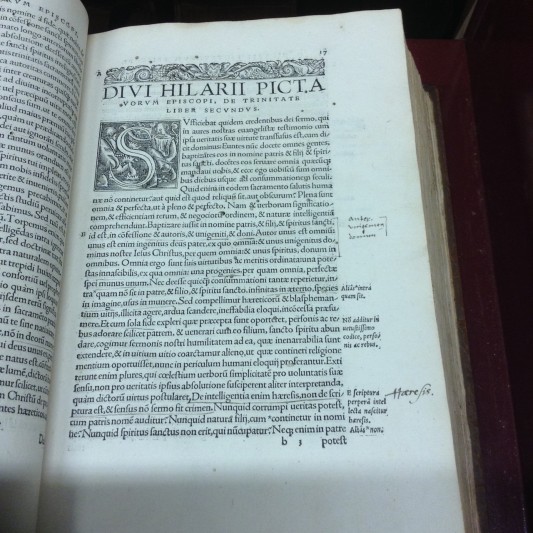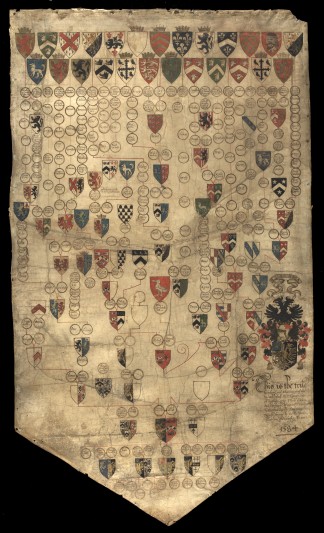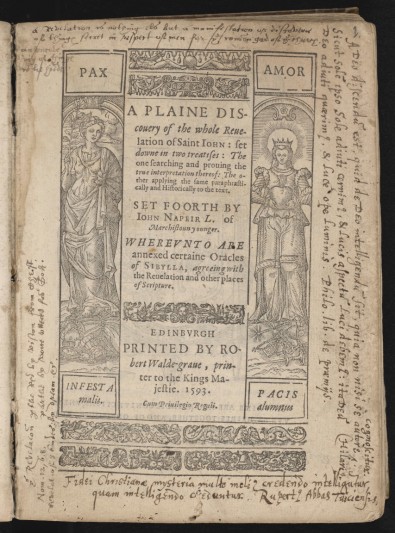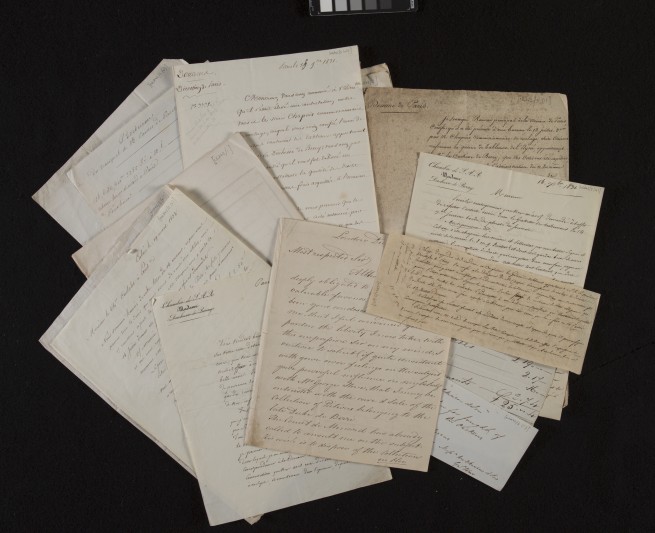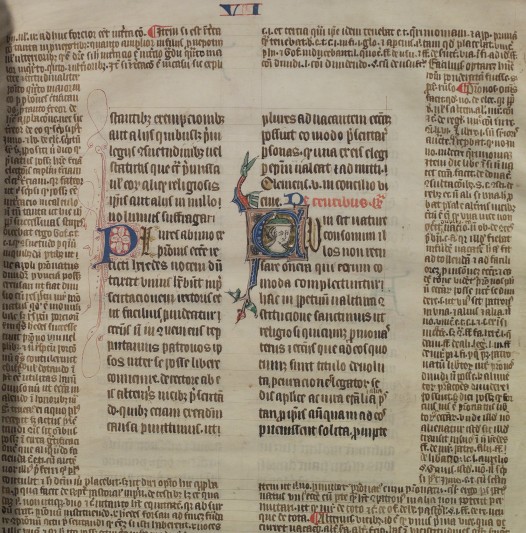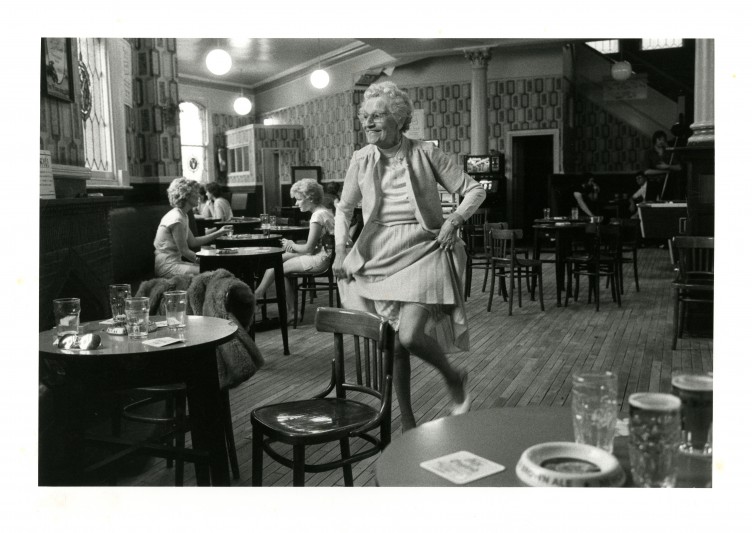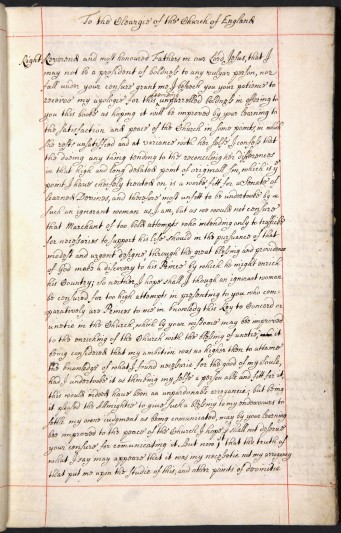Before purchasing this book we had no books from the Library of George Folbury/Fowlbery (d. 1540), who was Master of Pembroke Hall, Cambridge, 1537-1540. The book’s provenance comes from Folbury’s ink inscription on the title ‘Su[m] liber G. folberij’ and signature ‘G. folberi’ below the publisher’s device on the final page. The book itself is a worthwhile acquisition. It has a fine London contemporary binding with Tudor binding rolls, numerous contemporary annotations and its distinctive title page was designed by Holbein; but it is the provenance that means it will become part of Pembroke’s historic collection.
Search FNL grants since 1931
Thomas Bewick (1753-1828) is well known for his illustrated books British Birds and Quadrupeds, but in his work as a professional engraver over a 50-year period he produced a wide range of material – book illustrations, bookplates and newspaper advertisements, as well as engraved silver, clock-faces etc. Interest continued in Bewick’s work through the 19th century and up to the present day, his work being republished, sometimes pirated, collected and studied by bibliophiles. Thirty-four years after his death his daughter saw his autobiography (the Memoir) through the press. To cater for the ‘Bewick collectors’, Jane Bewick prepared ten copies of the Memoir that were interleaved with blank pages, on to which she pasted proof impressions taken in Bewick’s workshop, also copying out poems and accolades to her father.
Formerly displayed in the bar of a public house in the Cotswolds, this parchment pedigree of a prominent Welsh Elizabethan merchant was purchased privately by the National Library of Wales in March 2017, with the aid of a grant of £7,500 fro
John Napier, of Merchiston (1550-1617), A Plaine Discovery of the whole Revelation of Saint Iohn: set downe in two treatises. Edinburgh: printed by Robert Walde-grave, printer to the Kings Majestie. 1593; and James VI, King of Scotland, 15 in forme of ane sermone.
With the generous assistance of the Friends of the National Libraries, the National Gallery Research Centre has been able to acquire a small but significant collection of papers relating to the sale of the art collection of the Duc de Berry. The archive consists of a complete inventory of the 118 Berry paintings; a list of the costs of packing, shipping and insuring the collection; and a list of the 21 paintings which were sold, recording the buyers’ names.
This large collection of mountaineering and climbing books is from the estate of Nat Allen, a founder member of the Rock and Ice climbing club. Amongst the collection are a scrapbook and selection of black and white photographs and 35mm slides.
The Monson Papers, an ‘indispensable record of British national life’, has been purchased and incorporated into the collections of Lincolnshire Archives. This extensive archive contains artworks, letters and travel papers spanning around 700 years. The core collection dates from 1221 to 1947 and comprises the estate archive of the Monson family, the Barons Monson of Burton by Lincoln, together with family and personal records and antiquarian papers. The collection also contains important records of domestic life, with everything from receipts for furniture and paintings to family recipes. These records provide a fascinating insight into the everyday lives of people in the 18th and 19th centuries.
Martin Parr is a British photographer, photo-journalist, artist and curator with an international reputation.
The treatise is written in a single neat hand, laid out as if to be ready for the press and preceded by a spiritual autobiography, which identifies the author as ‘an Obedient Daughter and true Member of the Church of England’ and mentions her contacts with the
Lord Byron’s copy of the first Barnes Latin edition of the Poems of Anacreon (Cambridge, 1705) was given as a gift and inscribed to him by Leigh Hunt.
